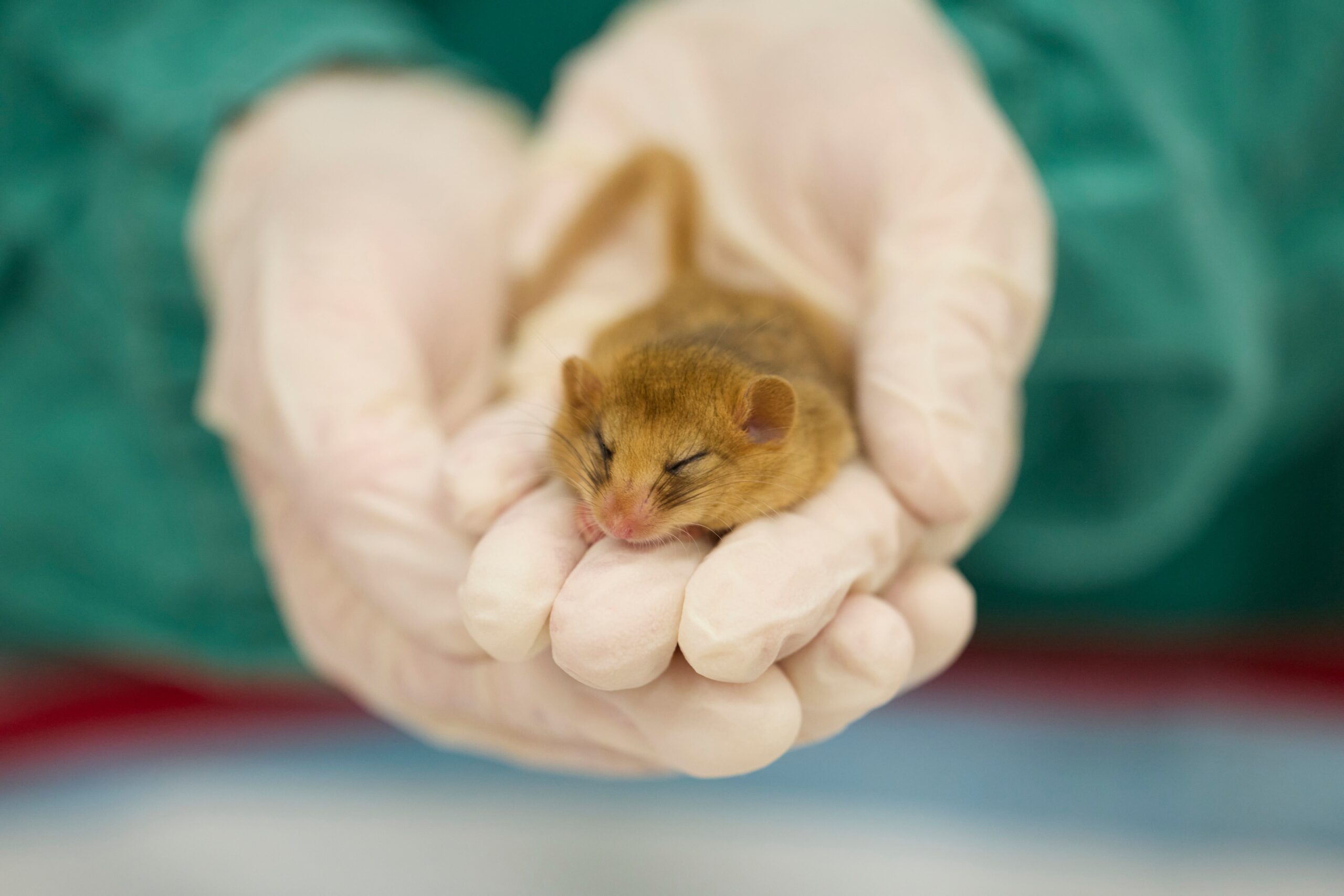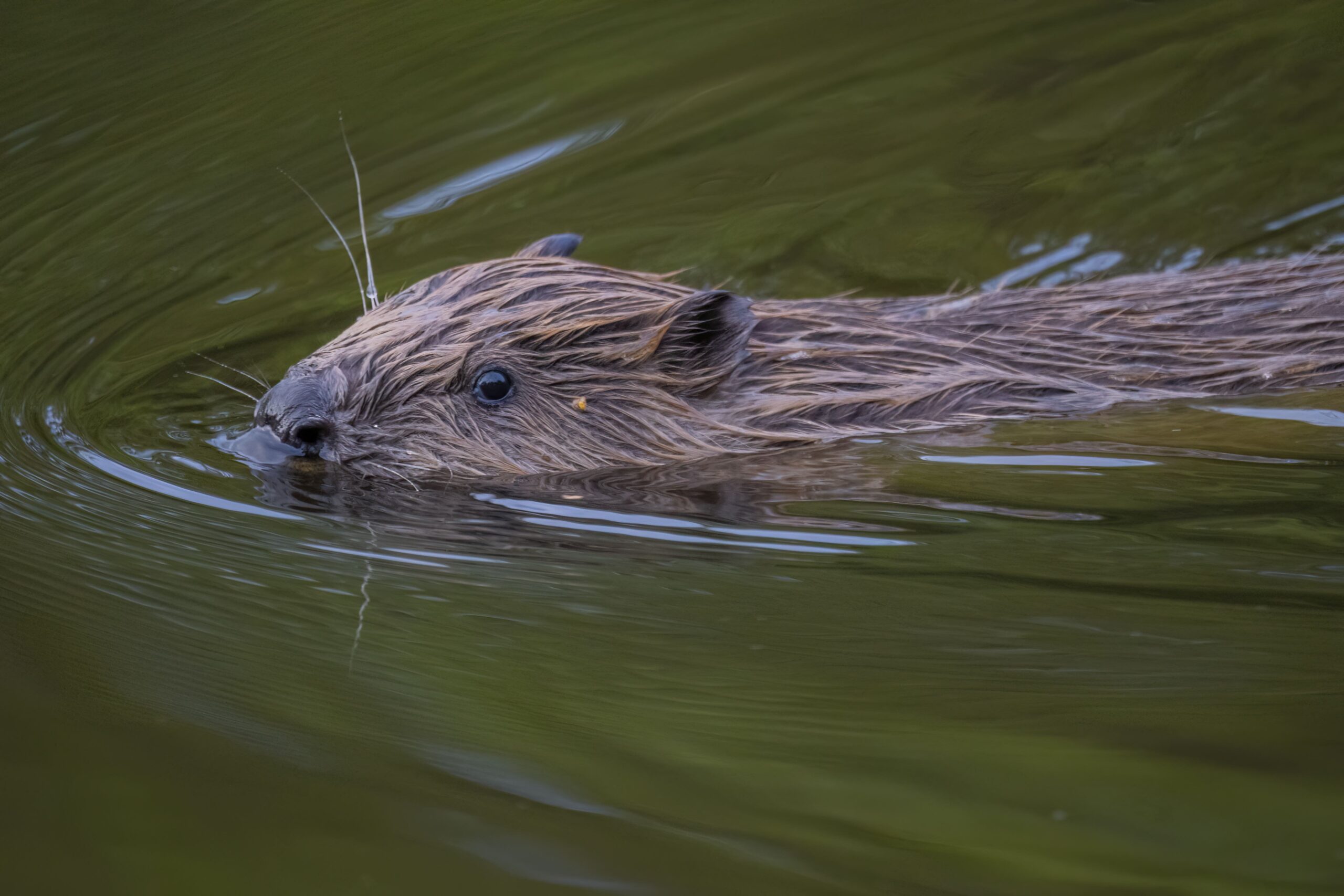Otters, beavers and dormice are among the threatened wildlife which could be put at risk by new planning proposals, green groups have warned.
Senior ministers have pointed the finger at species such as bats, spiders and snails for holding up development of new housing and key infrastructure, and have proposed changes in planning rules they claim will work for growth and nature.
As part of the proposed plans, developers could pay a levy for their impacts on nature.
A report from the Wildlife and Countryside Link (WCL) coalition of 90 nature organisations has warned of a “black hole” in evidence that the proposals to make developers pay a fee, rather than follow existing rules to protect wildlife, would work for many species.
Under the government’s Planning and Infrastructure Bill, new environmental development plans would allow schemes that could harm legally protected sites or wildlife to pay a “nature restoration levy” to enable the habitat or species to be improved overall at a “strategic” scale.
The government has highlighted the “district level licensing” approach for great crested newts, which speeds up building schemes by replacing old measures to catch, count and move the amphibians with a faster system that charges developers for the creation of new high-quality habitat.
But the report from WCL said that currently, great crested newts are the only species where the strategic approach has been proven to be effective.
The conservationists warn that, without rigorous evidence and effective field trials, the shift away from the current approach of site-level safeguards to prevent and minimise harm to protected species could pose a “serious risk” to already-declining wildlife and wild animal welfare.

It puts a whole host of British species including hazel dormice, otters, barn owls, grey seals, Atlantic salmon, badgers, hedgehogs, rare fungi and plants, and even recently reintroduced beavers, potentially at risk, they argue.
For some species, such as those that are confined to a handful of sites, are territorial or cannot easily move, it is unlikely the approach would work, while for many including widespread but declining species, there is “patchy” or “insufficient” evidence on whether it could be successful, they said.
The report highlights the potential risk to protected species such as:
- Hazel dormice, which have seen numbers fall by 70 per cent since 2000, have fragmented populations and require well-connected hedgerows, woodland and scrub to survive;
- Otters, which require extensive unpolluted river systems, and are highly territorial and difficult to relocate;
- Barn owls, which are dependent on open countryside and barns for breeding and have suffered habitat loss and a lack of suitable nesting sites due to conversion of old buildings;
- Lizard orchids, flowers that only grow in certain areas and are hard to translocate due to their complex relationship with fungi and other soil organisms;
- Beavers, which have been recently reintroduced, with government backing for wider-scale releases, but could be in scope for compensation measures that may undermine their populations and long-term recovery.
Wildlife can need specific conditions that take decades or centuries to form, the report said, warning “roosts, territories, and habitat structures cannot simply be moved to a spreadsheet and restored later”.
The conservationists called for a precautionary approach and said the new process should not be applied to species without rigorous scientific evidence.

It should be avoided entirely for a defined list of irreplaceable habitats; the rules must prioritise avoiding harm before mitigating it; and more robust, site-specific data on what wildlife is there must be gathered before environmental development plans are applied, the report urges.
Richard Benwell, chief executive of Wildlife and Countryside Link, said: “When it comes to protected species, there’s a gaping black hole in evidence.
“If applied to the wrong wildlife, the new approach could accelerate decline from chronic to catastrophic.
“government has rightly promised to follow the best scientific evidence, but detailed processes are needed to ensure the new system can’t be abused for profit or political convenience.
“We’re calling for a transparent scientific process, a strict precautionary approach, and real-world data to ensure wildlife can’t be swept under a concrete carpet in the name of growth.”
Becky Pullinger, head of land use planning at The Wildlife Trusts, said: “The Planning and Infrastructure Bill threatens a huge shake-up of the regulations that protect wildlife and poses a significant risk.
“Scientific evidence should be the bedrock of any planning process and if the strength of this is undermined there will be serious consequences for nature and the wild places that communities take pride in; species such as hazel dormice, otter and barn owl could all be impacted.
“It is possible for new development and nature recovery to go hand in hand and so we implore government to work with peers to ensure that the protection of nature is at the forefront of the new legislation.”
A government spokesperson said: “We completely reject these claims. The design of the Nature Restoration Fund has been carefully considered and will deliver more for nature, not less. Through our Planning and Infrastructure Bill we will create a win-win for the economy and nature, so we can build the infrastructure and 1.5 million homes the country desperately needs.”
